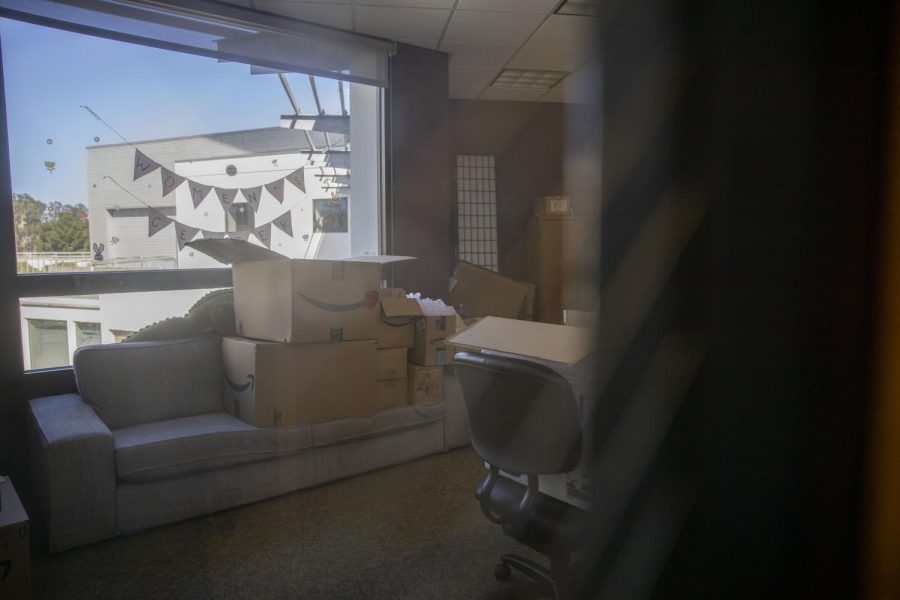When Gov. Jerry Brown began the process of passing a budget for the 2011-2012 fiscal year by releasing his proposal earlier this month, he detailed the grim outlook for California’s higher education system. If passed, the budget will see a reduction in state subsidizing by $500 million and place even more financial pressure on students.
“We do see a trend,” said spokeswoman Ellen Griffin. “California, as a policy, is shifting more of the burden for public higher education on to individual students and their families versus supporting it through tax revenue.”
The proposal, still in need of the governor’s May revise and a vote by the legislature to pass, would shrink the California State University system’s budget to the size it was a decade ago “when the system served 70,000 fewer students” than it does today, warned President Robert A. Corrigan in an e-mail to the faculty Jan.10.
If the California budget were to pass, more of the state’s $28 billion budget deficit would be transferred to future and enrolled students – a growing tendency in the past year – and create new challenges for the administration in its attempts to manage SF State’s already debt-ridden budget. Currently, the University is facing an $18-million deficit.
“A cut of such unprecedented magnitude will require dramatic – and painful – steps to bring SF State’s 2011-12 budget into balance,” Corrigan said.
One of these painful steps is likely to be the approval of the University Planning Advisory Council’s controversial recommendation to reduce the number of colleges from eight to six.
However, the extent of the cuts is not certain until the state budget is passed sometime before the July 31 deadline.
“There are many steps that need to take place before we know what we’ll actually have available to educate SF State students,” Griffin said. “It will take at least several more months before we know what the budget will be like for our students next year.”
Part of the proposed plan would also terminate $107 million in one-time federal funds from the 2009 American Recovery and Reinvestment Act that were issued to support the struggling CSU system.
“The government’s asking us to cut services from an already limited pool,” said CSU spokesman Erik Fallis. “Our campuses, including San Francisco State, are among the most efficient, meaning we serve with the fewest dollars in state funding and student fees.”
Though CSUs have struggled to minimize the impact of budget cuts on students, if the governor’s proposed budget passes as it stands, it would dramatically affect the higher education experience for students, Fallis said.
The CSU Board of Trustees already shifted much of the financial strain to students in November when it passed a 5 percent midyear tuition increase and another 10 percent increase for the 2011-2012 academic years last November. These combined adjustments equal an increase of $221.6 million in student tuition revenue.
Brown’s Proposed Budget Summary for CSUs notes that the fee adjustments are an “increase from $4,230 to $4,335 in the current year and up to $4,884 in the budget year.”
“There’s just no way to resolve a $500 million budget cut without impacting students and personnel,” Fallis said.





